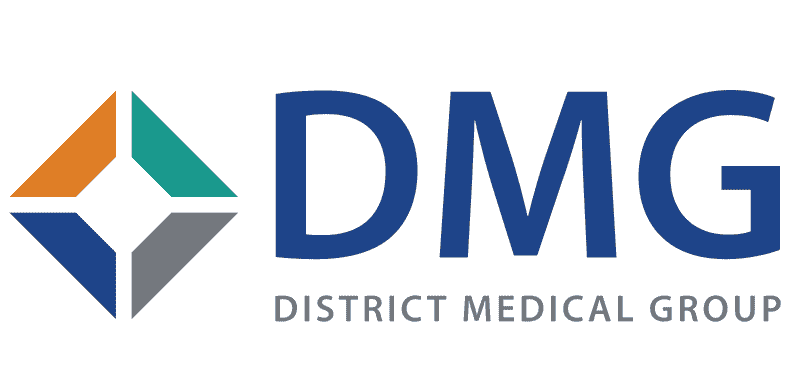Detecting Breast Cancer Early
By Faith Cutrona, FNP-C, family nurse practitioner

Contents:
October is Breast Cancer Awareness Month, and as a primary care provider and woman, sharing information to help women understand the importance of early detection is the most important care I provide. The more each patient is educated, the greater the chance that she will get regular exams so breast cancer- or another disease- can be caught early.
Did You Know?
According to the American Cancer Society, breast cancer……
- Is the second most common cancer in women in the United States. The first is skin cancer. The average risk of a woman developing breast cancer sometime in her life is about 13 percent.
- Typically has no symptoms when the tumor is small and most easily treated.
- Impacted approximately 268,000 women in 2019.
- Risk increases with age.
- Survival rate drops to less than 30 percent if the cancer has spread (aka “metastasizes”) outside of the breast to other organs in the body.
Early Detection: What You Need to Do
Remember, if detected early, the breast cancer survival rate greatly increases. Women who get breast cancer screenings decrease their chance of dying from breast cancer by 30 percent. Breast cancer screening saves lives, and getting an annual mammography is the single most important thing a woman can do to lessen her chances of dying from breast cancer. Mammography can detect cancer at early stages before a lump can be felt or symptoms are experienced.
An annual mammography is recommended for women age 40 and older and may be recommended sooner if the patient has had cancer or if a history of cancer is in the family. Understanding and sharing your complete family medical history with your primary care provider (PCP), therefore, is critical. In addition to annual mammography, your PCP will also recommend you do self-exams of your breasts at-home and can help you understand how to do these exams.
Screening Mammography: What to Expect
A breast screening are also called a “screening mammogram,” which is the type of mammogram ordered when the patient has no symptoms and/or signs of changes in breast tissue. A mammography is a fast procedure (about 20 minutes), and discomfort is minimal for most women. During a mammography, a low-energy x-ray is used to examine the breast for early signs of breast cancer. The small amount of radiation the patient is potentially exposed to is so small that the benefits outweigh the risk.
3D mammography is being used increasingly, especially for women with dense breast tissue. FDA-approved, 3D mammography takes pictures of thin “slices” of the breast from different angles, and computer software is used to reconstruct an image. In contrast, a standard mammography takes a single image.
Changes in the Breast: What Next?
If changes in one or both breasts are detected, a diagnostic mammogram will be ordered. Changes in breast include:
- Changes in skin texture of the breast
- Inversion in the nipple
- Nipple discharge
- Pain in the breast
- Palpated lump
If breast cancer is detected early, a mastectomy or total breast removal can be avoided. Localized cancers can be managed through other treatments, which may include a lumpectomy, radiation and/or chemotherapy.
The key is early detection. Schedule your annual exam with your PCP today, and include breast screenings in your wellness plan.


